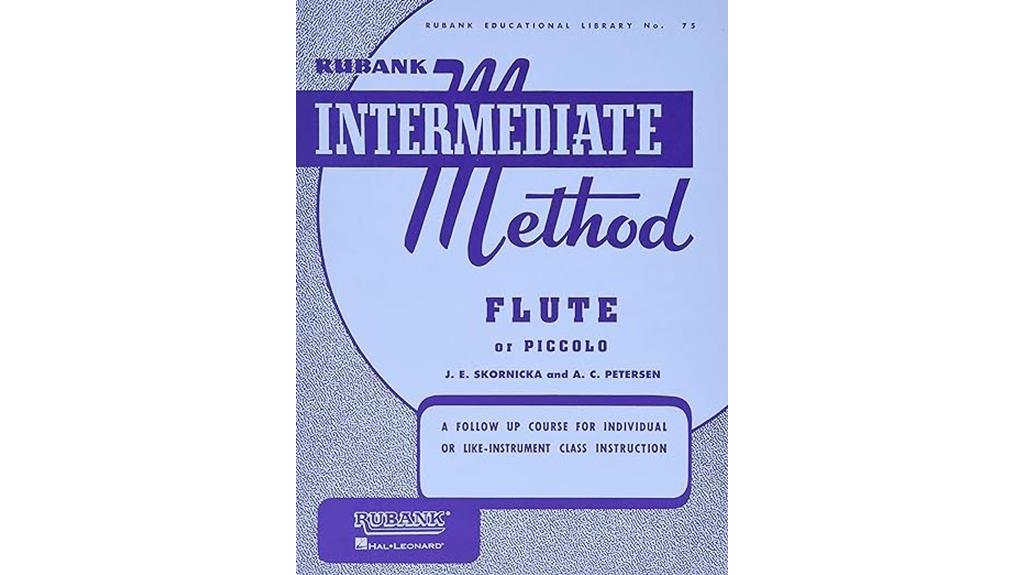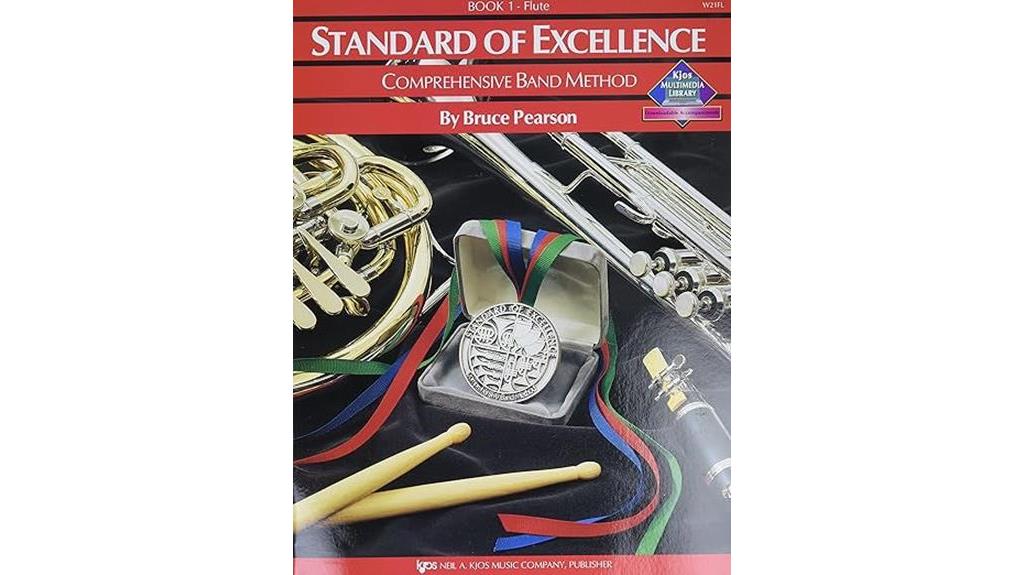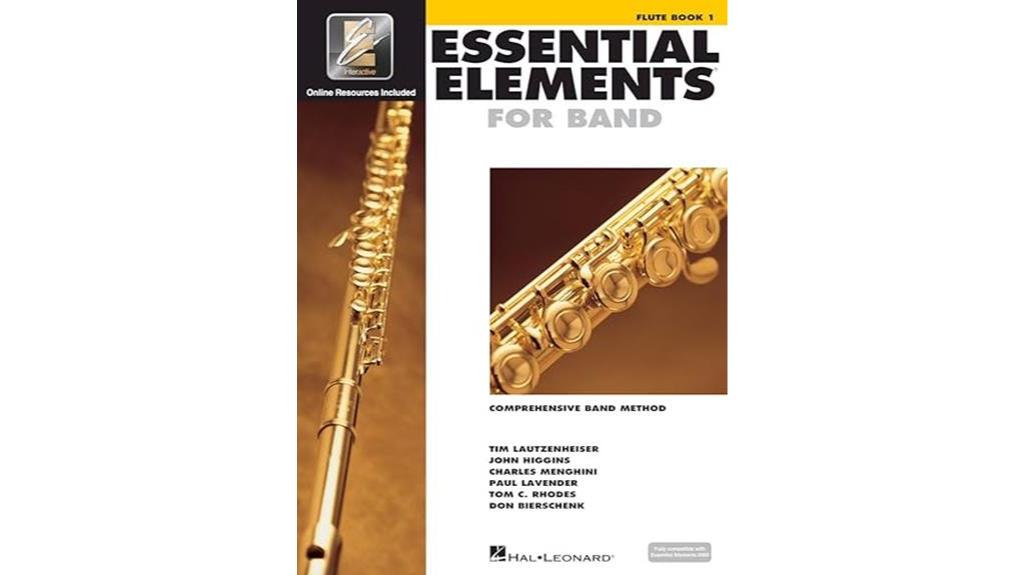The 'How to Play Dizi' book presents a meticulous guide tailored to individuals starting on the journey of mastering the traditional Chinese flute. Its structured approach and detailed insights into fundamental techniques and fingering intricacies make it a remarkable resource for aspiring Dizi enthusiasts. With user feedback highlighting its efficacy in honing essential skills, this book stands out as a valuable asset for those seeking to refine their Dizi playing prowess. The exploration of posture, breathing, and nuanced fingering methods sets the stage for a compelling discourse on elevating one's proficiency in this art form.
Key Takeaways
- Thorough coverage of beginner Dizi skills.
- Extensive exploration of playing techniques.
- Guidance on posture, breathing, and fingering.
- Emphasis on fundamental skills for beginners.
- Effective resource for improving Dizi playing abilities.
Book Overview
The book 'How to Play Dizi' provides a thorough guide for beginners interested in exploring the art of playing the traditional Chinese flute.
The book structure is well-organized, starting with foundational skills such as attaching the paper flutter piece and progressing to more advanced techniques like reading musical notation and mastering hole placement for notes.
It includes detailed fingering charts to aid learners in understanding the instrument better.
Additionally, the book explores various playing techniques, offering guidance on proper posture, breathing, and fingering methods essential for producing beautiful music.
Key Learning Points
Shifting from the in-depth analysis in the book 'How to Play Dizi,' the core takeaways explore essential aspects that establish a strong base for beginners entering the world of playing the traditional Chinese flute. The key learning points encompass key elements such as breathing techniques, posture, fingering charts, and hole placement. These fundamentals are crucial for mastering the Dizi and laying a solid foundation for musical progression. Here is a breakdown of these key elements:
| Key Learning Points | |
|---|---|
| Breathing Techniques | Proper techniques for controlling airflow |
| Posture | Correct body positioning for optimal performance |
| Fingering Charts | Charts illustrating finger placement for different notes |
| Hole Placement | Understanding the significance of hole placement for producing specific tones |
User Feedback
Insights from users provide valuable perspectives on the 'How to Play Dizi' book. Users highlight its thorough coverage and impact on beginner Dizi players. User satisfaction is evident in the positive feedback received, praising the book for its extensive exploration of playing techniques. Many users appreciate the guidance provided on proper posture, breathing, and fingering techniques. The book's focus on fundamental skills aligns well with beginners' needs, making it a valuable resource for those starting their Dizi journey.
While some users noted formatting oddities due to independent publishing, the overall consensus is that the book effectively assists in understanding playing techniques and improving Dizi skills. The user feedback underscores the book's relevance and usefulness in helping beginners navigate the intricacies of playing the Dizi.
Overcoming Challenges
Mastering the complexities of the Dizi instrument entails challenges that require dedicated practice and strategic solutions. To overcome these hurdles and enhance your skills, consider the following:
- Consistent Practice: Regular practice sessions are essential for improving skills and mastering advanced techniques.
- Seeking Guidance: Utilize resources such as instructional videos, online tutorials, or professional lessons to enhance your understanding and proficiency.
- Exploring Repertoire: Expand your repertoire by exploring a variety of musical genres and styles to challenge yourself and improve your versatility.
- Experimenting with Techniques: Experiment with different blowing techniques, finger placements, and articulations to discover new ways to enhance your playing skills.
Language Considerations
Exploring the linguistic aspects of instructional materials can greatly impact the accessibility and comprehension of learning resources for individuals aiming to enhance their Dizi playing skills. Language barriers, such as the book being solely in English, can hinder the learning process for non-English speakers.
Translations into other languages are desired by some users to make the content more inclusive and easily understandable. By addressing these language considerations, the book can reach a broader audience, allowing more aspiring Dizi players to benefit from its valuable guidance.
Providing translations and accommodating different language preferences can enhance the overall user experience, making the learning journey smoother and more enjoyable for all individuals interested in mastering the art of playing the Dizi.
Frequently Asked Questions
What Are the Different Types of Dizi Available for Beginners?
For beginners, various types of Dizi are available, such as the Bangdi, Quudi, and Bawu, each offering unique tones and characteristics suitable for different musical styles. Beginners can start with a standard Dizi to develop foundational skills.
Finger exercises and breath control techniques are essential for mastering the instrument. While self-learning is possible, guidance from a teacher can enhance progress.
Integrating ensemble playing helps build collaboration skills and musical sensitivity.
How Can One Improve Breath Control While Playing the Dizi?
Improving breath control while playing the Dizi entails mastering breathing techniques and exercises that enhance lung capacity and control. Focus on diaphragmatic breathing, inhaling deeply to fill the lungs, and exhaling steadily to control airflow.
Practice long tones to build endurance and sustain notes. Incorporate exercises that emphasize breath control, such as crescendos and diminuendos.
Consistent practice and mindfulness of breathing techniques will lead to enhanced performance on the Dizi.
Are There Specific Exercises Recommended for Finger Dexterity?
Improving finger strength and hand coordination in playing the Dizi involves specific exercises tailored to enhance these skills. Scales, arpeggios, and chromatic exercises are beneficial for developing finger dexterity.
Practicing trills, staccato, and legato techniques can further refine coordination and precision.
Incorporating these exercises into regular practice sessions can gradually enhance overall performance and fluidity in playing the Dizi.
Consistent practice and focus on technique are key in building finger strength and hand coordination.
Can the Book Be Used for Self-Learning or Is a Teacher Necessary?
Online resources and tutorials can enhance the self-learning experience with the Dizi book as they provide visual aids and additional guidance.
However, having a teacher can offer personalized feedback and correction of technique.
Practice routines and techniques outlined in the book can be instrumental in skill development.
Combining self-learning with occasional guidance from a teacher or online resources can lead to a well-rounded learning experience.
Is There Guidance on Incorporating Dizi Playing Into Ensemble Music?
Incorporating Dizi playing into ensemble music involves understanding how the instrument fits within the collaborative music-making process. Guidance on ensemble integration includes adapting Dizi techniques to complement other instruments, maintaining pitch and rhythm consistency, and actively listening to fellow performers.
Effective communication and coordination are essential for a cohesive ensemble performance where the Dizi player contributes harmoniously to the collective musical expression.
Conclusion
To sum up, the 'How to Play Dizi' book serves as a valuable resource for aspiring Dizi players seeking to enhance their skills.
Despite its extensive coverage of fundamental techniques and detailed fingering charts, the book ironically challenges readers to master the intricacies of traditional Chinese flute playing.
By providing a structured approach to learning, this guide offers a pathway to musical proficiency that requires dedication and perseverance.





